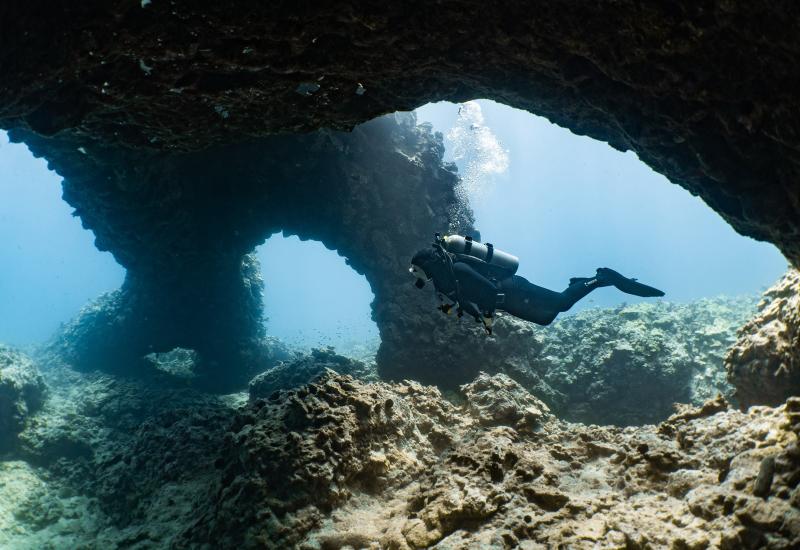It’s Humpback Whale Season in Hawaii

ShutterstockWhen they've reached maturity, female humpback whales are larger than males. The females can measure 60 feet long and weigh 40 tons.
More than 10,000 North Pacific humpback whales migrate from southeastern Alaska to the warm waters of Hawaii each year to mate, give birth and nurture their calves. Scientists estimate that two-thirds of the entire North Pacific humpback whale population make the annual trek to Hawaii. The whales journey more than 3,000 miles from the Gulf of Alaska to Hawaii, and stay from December through May. This year, the first humpbacks were spotted in Hawaiian waters in October.
The Pacific Whale Foundation (PWF) counted 984 humpbacks during a February 2017 census in Maui, up from 732 in 2016.
Each year, a number of organizations and locals organize annual humpback whale festivals to welcome Megaptera novaeangliae to the Aloha State. The annual Maui Whale Festival, organized by the Pacific Whale Foundation, is held during Maui's peak humpback whale season. Many of the events are marked by stories, song, prayer, dance and poetry.

Courtesy NOAAThe Hawaiian word for humpback whale is kohala.
If you’re a diver, one of the best ways to see the humpbacks in the islands is to see them during surface intervals or enroute to the day's dive sites.
On Kona, Jack’s Diving Locker offers whale-watching and snorkeling cruises. (Note: The snorkeling is done on a coral reef; encounters with the whales are from the boat only.) Imagine combining whale watching with Kona’s famed manta ray night dive and Pelagic Magic or blackwater night diving experience.
On Maui, you can combine a dive trip off Lanai with whale-watching on the way with Capt. Steve Juarez, owner of Hawaii Rafting Adventures and Dive Maui. The spectacular diving off Lanai includes First and Second Cathedrals.
On Oahu, Dive Oahu will get you to Oahu’s best sites like Ewa Pinnacles, Keehi Pipe and the Navy Tug, and you may encounter a pod of humpbacks along the way. As with all Hawaii humpback encounters, you will stay on the boat to watch them.

Courtesy Danielle Cholewiak | NOAA-NEFSCHumpback whales can consume up to 3,000 pounds of food per day.
In June 1970, humpback whales were designated as "endangered" under the U.S. Endangered Species Conservation Act (ESCA). In 1973, the Endangered Species Act (ESA) replaced the ESCA, and continued to list humpback whales as endangered.
ABOUT PACIFIC WHALE FOUNDATION
Pacific Whale Foundation is a nonprofit founded in 1980 to protect the oceans through science and advocacy. It offers educational whale-watching and other ocean ecotours through PacWhale Eco-Adventures. All profits from their cruises, as well as our Ocean Store retail operations, support Pacific Whale Foundation’s research, education and conservation programs.










